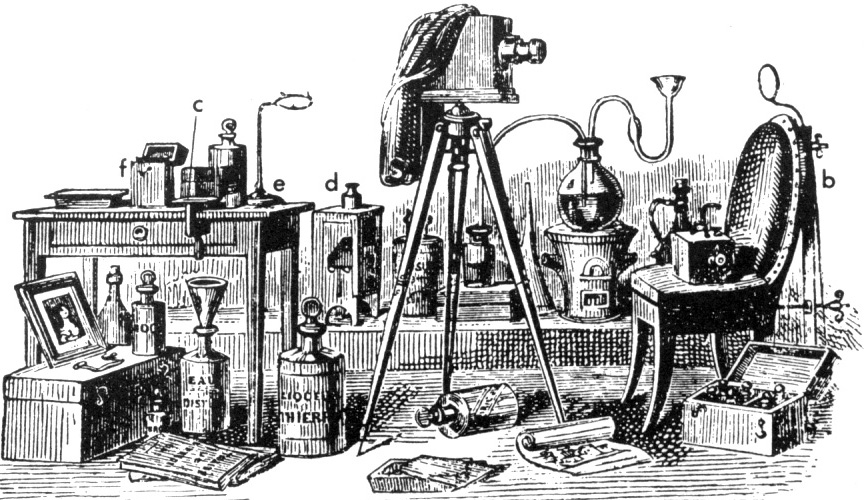

PROVENANCE
I have been picking up wet plate collodion images ever since a wonderful motorcycle trip to Hannibal, Missouri in 1973. The double portrait carte-de-visite sized ferrotype was acquired then, and you can just about see their guns' butts peeking through their unbuttoned vests. The other gentleman is just one of the millions of unidentified and unattributed tintypes.

The one and only Ambrotype in this collectionhad been procured in that same time frame, but it was sold to me as a daguerreotype in a downstate Illinois antique store. At that point in time, I had not seen a "mirror with a memory" in real life, and quite possibly neither had the antique dealer, so I absolve him of gypping a college kid.
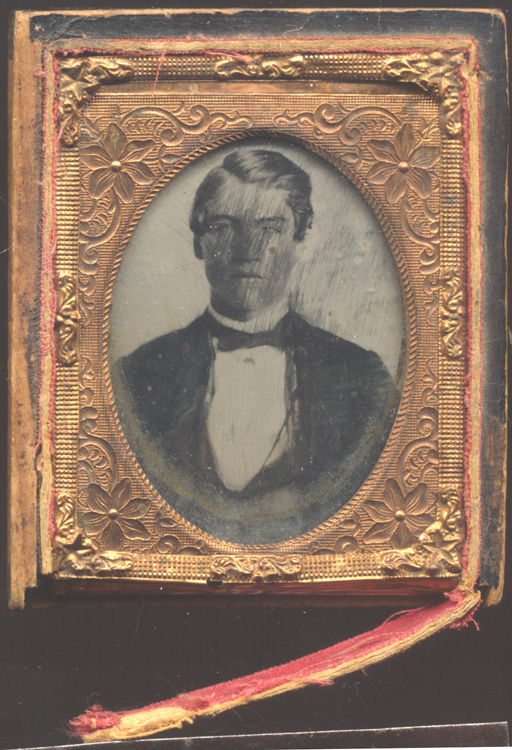
The case was not in such great shape when I bought it, but the scratches on the image came about from some scurrilous bastards of students (at Columbia College, and I can see their faces but cannot remember their names!) who had taken it out for whatever reason and did not exercise caution when replacing it during the show and tell time! A curse on them!
Here is a possible example of a carte-de-visite business card: Busby, the fiddler from Nokomis, Indiana, who you could hire for your square dance! More than likely Busby was probably the photographer from Nokomis, but who knows for sure! A gaze from the past meeting up with your eyes!
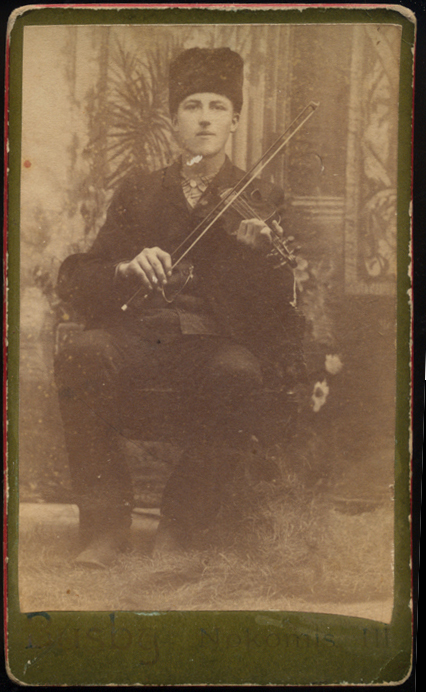
There is no doubt that this is a carte of the Sistine Chapel Madonna. It may have come from an Art History Collection, but the obverse is not shown as it is blank. It seems to have been photographed from something other than the original, like a gray-painted copy, as the reds and greens seem to be lighter than what one would suspect from the Blue-UV sensitive only collodion coating.
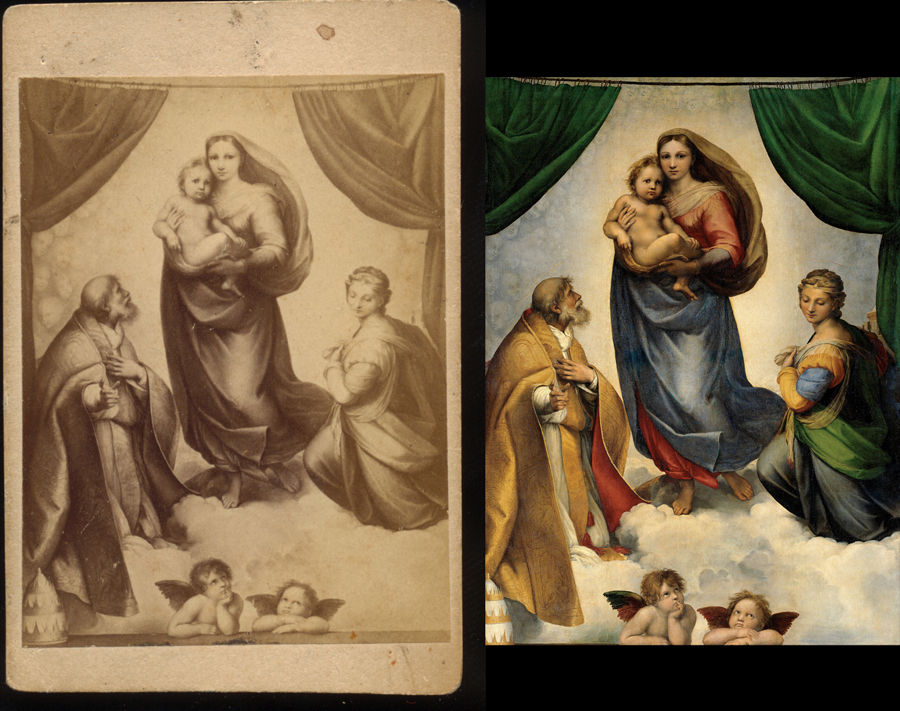
Another carte sold back then for the discerning collector's palate is this one:

Surprisingly Brady is not the photographer, but he had bigger fish to fry, or photograph, as he was not in New York at the time of this photo shoot but on the battlefields. This image can definitely be dated to within a few months. Examine the stamp and you will find that it is not postage, but a tax!
Here is what Taft (p.151) has to say about it:
"Another valuable aid to the collector is offered by the tax stamp, which may also be found on the reverse side of many photographs. These stamps were required by law in the period from September 1, 1864 to August 1, 1866; they will be found on all photographs, with certain minor exceptions, sold in this period. For the card photograph, a two cent stamp was required..." This tax helped fund the Civil War!
As far as my own attempts at the process, the Pyroxolin left traces melancholy to behold, to paraphrase our dear departed Talbot. One can almost see a cityscape in this alumitype taken by a Holga,during a workshop conducted by S. Gayle Stevens at the 2012 Filter Festival.
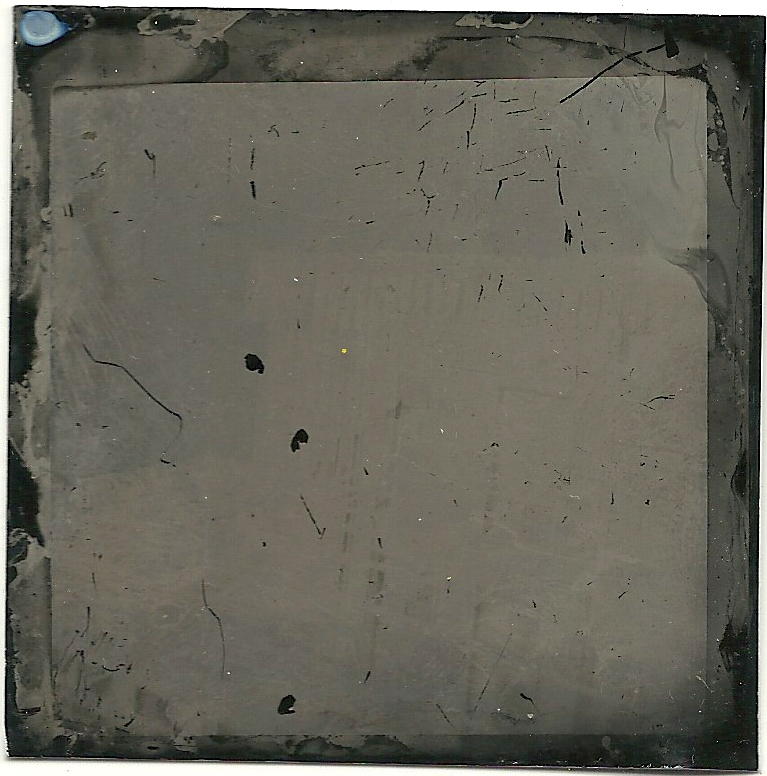
Three hundred bucks and a view camera are all that separate me from indulging in this particular photographic masochism, plus of course the time to perfect my technique. If I get the process under control in camera, then why not try it in the Holography Studio? I have not heard of anyone making any Wet Plate Collodion Holograms.
Back to Photogenic Drawings by E. Wesly
Forward to Cyanotypes by E. Wesly